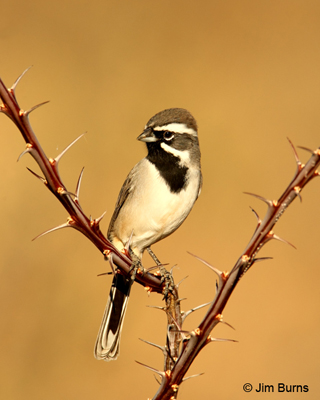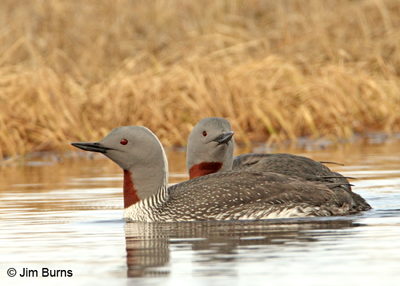
The second version sounds more plausible but probably isn’t. It goes something like this: during the Gila River Christmas Count in 1987 Josh Burns (no relation) and I recorded a Wilson’s Warbler but John Shipley, the count compiler, refused to accept it because I had not documented this unexpected overwintering visitor with photographs. As this story goes, this became a huge chip on my shoulder and I swore going forward I would photograph every xxxxing bird I saw. This version gained some credence when it was rumored John Shipley relocated to Idaho because my wife was looking for him with a gun!
If Day One was the Wilson’s Warbler episode, then Day Two was honing my bird stalking and camera skills to capture diagnostic images for Jim Rising’s Sparrows of the United States and Canada: The Photographic Guide. And then on Day Three I began to see that little-brown-job sparrows should not be taken for granted visually and could be portrayed as unique and beautiful as other, flashier bird families.
From Day Three to the present my motivation for doing birds with camera has not changed or wavered. It has been my passion to highlight the beauty and diversity of our avian fellow travelers, which are all around us, so that birders, but particularly non-birders, become aware of what we have and what we could be losing. With awareness comes caring. With caring comes conservation. I hope to share the joy and wonder that I find in birds with those who might chance upon my photographs.
But, things get complicated at the intersection of cell phones, social media, and e-bird. There are a lot of people at this intersection, and some of them are there because competition is undeniably a part of human nature. Recent cases in point include an e-birder who ranted because an uncommon bird was not posted soon enough for him to see it, a friend who eschewed field trips because she grew tired of arrogant, supercilious birders, and a non-birder who flushed a bird off a nest trying for full frame iPhone shots.
So, rest assured if I find a rare bird, an uncommon bird on a nest, or two birds interacting in a special way, my camera will document them and I’ll try to get the image out there for your enjoyment. But if you ask me for locations, I’ll lie to you. I want to expose you to the beauty, arouse your curiosity, and show you behind the curtains of the natural world, but I don’t want to take you there. I want to induce you to get out into the field and find your own stuff.
And I hope this leads you to extraordinary places of your own—working on a habitat restoration project, joining a political action group with an ecological agenda, or volunteering to lead field trips for young people, beginners, or non-birders. Paying it forward is what I hope I’m doing and hope you will do too. Oh, and if you ever run into John Shipley, tell him thanks.